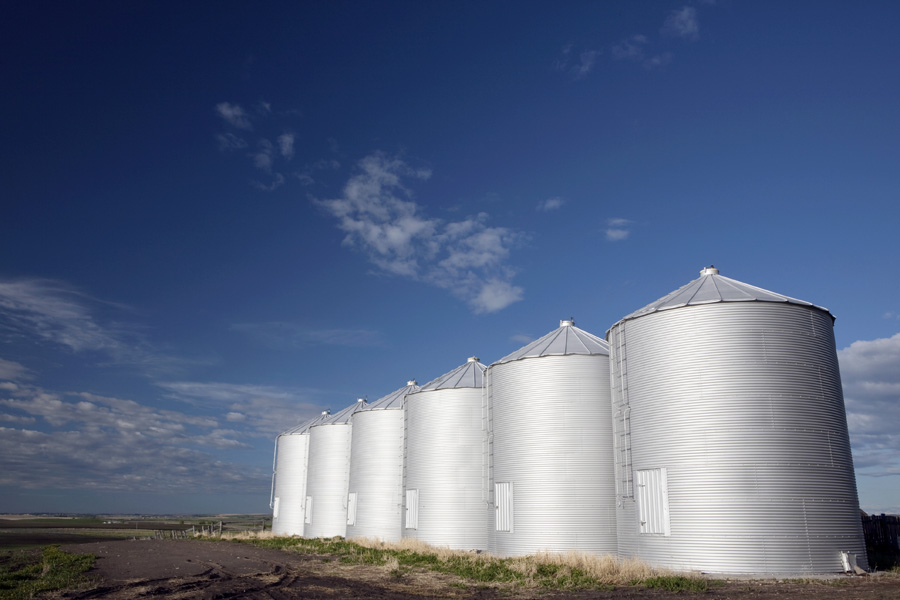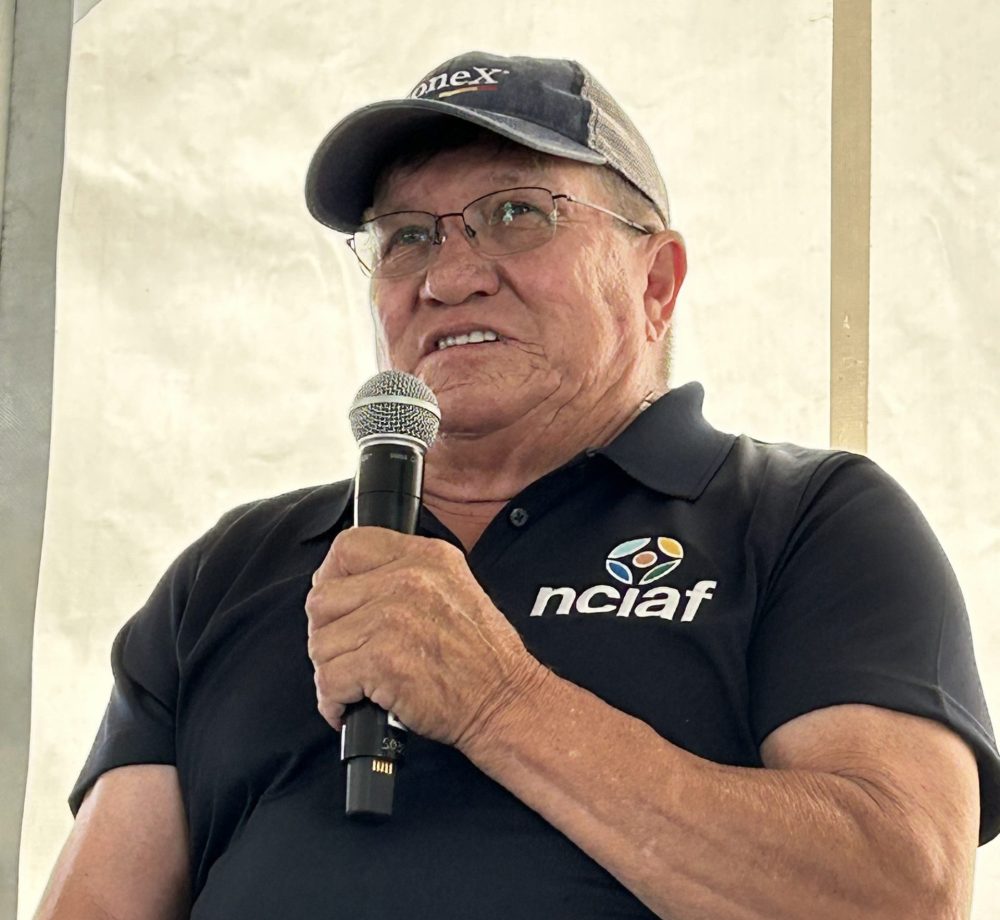Farm growth pushes farmers to bring grain handling and conditioning home

Consolidation and bigger yields have increased Prairie farm size, but this growth is up against the usual hurdles of limited skilled labour and uncertain harvest weather.
For Paul Brisebois, getting the crop safely off the field and into the bin boils down to two words: capacity and efficiency.
“What we’ve seen through consolidation of farms is a continued trend to larger grain storage and handling on-farm; mostly flat-bottomed,” he said. “Traditionally, in Western Canada, they need hopper bottom bins and the reason for that is the variety of crop that we have.”
Read Also


First Nations should demand at-market lease rates: Lerat
First Nations need to stop leasing out their land to non-Indigenous farmers for below-market prices, says farmer and band councillor Terry Lerat of Cowessess First Nation in south-central Saskatchewan. Instead, bands should be getting every penny they can for the farmland they own and using that money to get themselves back into farming.
Brisebois, senior vice president for Canada for grain storage manufacturer AGI, was at Ag in Motion west of Langham, Sask. on July 16. He explained that as farms have increased in size, their storage requirements now mean far greater quantities of a single crop, whether it be canola or wheat. This means higher capacity, flat-bottomed bins. These are often centrally located, with larger capacity handling equipment and sometimes permanently installed handling equipment.
Another on-farm trend is on the conditioning side, whether it is blending tough and too-dry grain to get an optimal moisture level, aeration systems, or simply high-capacity grain drying so harvest can continue even if Mother Nature is not particularly co-operative.
“We’ve seen the trend to more producers getting NECO dryers, mixed-flow dryers in the market just cause it enables them to smooth out harvest. If it’s coming in late, if it’s coming in at different times, you can condition it properly.”
—Watch for more coverage of grain handling and storage trends and innovations from Ag in Motion in upcoming issues of Grainews, the Western Producer, and other Glacier FarmMedia publications.
Source: Farmtario.com

